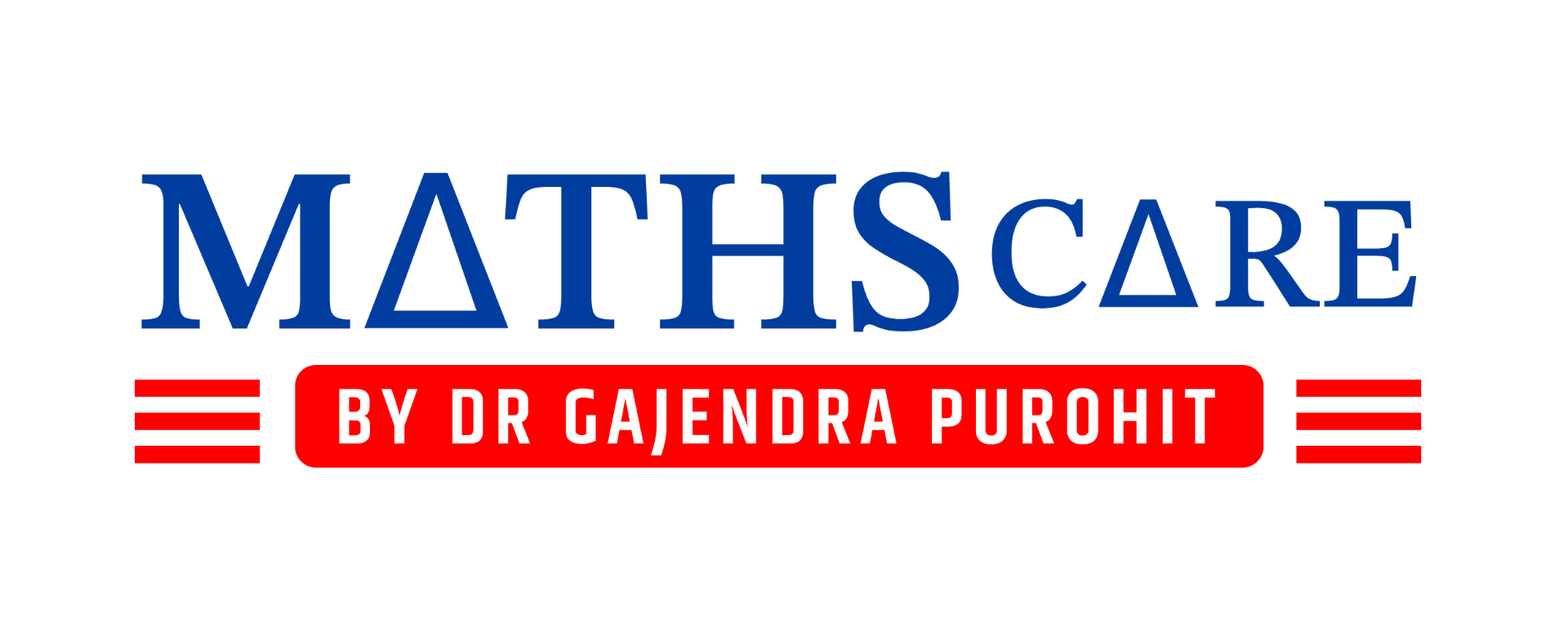
Crafting Success: CSIR NET General Aptitude Strategy for the Last 20 Days
In the final stretch leading up to the CSIR NET examination, the last 20 days are crucial for refining your general aptitude skills and maximizing your performance on the exam day. This period calls for a strategic approach that focuses on targeted practice, effective time management, and confidence-building techniques. In this guide, we’ll outline a comprehensive strategy tailored specifically for the last 20 days of preparation, designed to optimize your general aptitude skills and ensure you’re well-prepared to excel in the CSIR NET examination.
Important Topics of General Aptitude in CSIR-Net:
- Numerical Ability – Number system, Averages, Mixture & Allegation, Percentages, Ratio, Profit & Loss, Trains, Boats, Time and Work, TSD, Venn diagram
- Modern Math – P & C, Probability, Function & Graph, Logs, Algebra
- Data Interpretation – Pie Chart, Bar graph, Line Graph, etc
- Geometry and Mensuration – Lines, Angles, Triangles, Quadrilateral, Circles, Polygon, Coordinate geometry, Mensuration
- Logical Reasoning – Blood relations, Calendars, Clocks, Directions, Series, Syllogism, etc
2023 December’s Analysis of:
-
Mathematics Science
Number System:
|
| Syllogism |
| Blood Relations + T/F Conclusions |
Data Interpretation:
|
| Sequence + Divisibility |
| Time & Speed:- 2Q |
| Clocks |
| Standard Deviation |
| Mean, Mode & Median |
Mensuration:
|
Geometry:
|
Puzzle:
|
Arrangements:
|
| Time & Work |
-
Chemical Sciences:
| Seating Arrangement: Analyzing seating arrangements for chemical conferences or laboratory settings. |
| Number System – 2Q: Solving numerical problems related to chemical calculations or measurements. |
| Profit & MRP: Understanding profit margins and maximum retail prices in chemical industries. |
| Data Interpretation – Bar Graph: Analyzing data presented in bar graphs related to chemical experiments or research findings. |
| Sequence: Identifying and analyzing sequential reactions or processes in chemical reactions. |
| Square Tiles: Calculating areas or volumes of square-shaped chemical containers or tiles. |
| Time: Understanding reaction kinetics and time-dependent processes in chemical reactions. |
| Probability: Assessing the likelihood of certain chemical reactions or outcomes based on probability. |
| Ratio & Proportion: Analyzing the ratio of reactants and products in chemical reactions or stoichiometric calculations. |
| Graph (Air Resistance): Interpreting graphs related to air resistance in chemical processes or experiments. |
| Arrangements (Queue Formation): Understanding the arrangement of chemical equipment or processes in a queue or sequence. |
| Mixture & Alligation: Calculating concentrations or compositions of chemical mixtures using alligation methods. |
| Monthly Production (Graph): Analyzing monthly production data or trends in chemical industries or research facilities. |
-
Physical Science
| Combination |
| Probability |
Numerical Ability – 20
|
| Data Interpretation – Bar Graph |
| Magic Square – find x |
| Time & Speed |
| Clocks – 2Q |
| Number System |
| Age Questions |
| Geometry – Radius of Sphere: |
| Population Pyramids (by graph) |
| Relation between Variables: |
| Mixture & Alligation |
| Graph |
-
Life Science
| Syllogism |
Number System – Divisibility
|
| Symbols – find value
Data Interpretation – Bar Graph |
| Sequence |
| Time |
| Geometry & Mensuration |
| Probability |
| Permutation & Combination |
| Age Questions |
| Graph (Air Resistance) |
| Circular Disk |
| Statement Correct/ Incorrect Question |
| Population (Graph) |
| Repetition of Letters & Digits |
Strategy of General Aptitude in CSIR Net:
- Stick to Discussed Topics: Ensure that your study plan revolves around the topics that have been covered in your preparation course or study materials. Avoid straying into unfamiliar territory and focus on consolidating your understanding of the discussed topics.
- PYQs of Last 10 Years: Dedicate a significant portion of your study time to solving previous year questions (PYQs) from the last decade. Analyze the trends in question patterns and types to better understand the exam’s expectations and prepare accordingly.
- Formula Sheets Revision: Regularly revisit your formula sheets, which contain essential equations, concepts, and formulas pertinent to the CSIR NET syllabus. Take the time to memorize and understand these formulas thoroughly, as they are instrumental in solving problems accurately and efficiently during the exam.
- Solve Similar Questions: Supplement your study routine with practice questions that closely resemble those found in previous CSIR NET exams or your study materials. By tackling similar questions, you’ll gain familiarity with different problem-solving techniques and develop the confidence to approach various types of questions.
- Daily 30 Mins to 1 Hour Practice: Set aside a dedicated time slot each day, ranging from 30 minutes to an hour, for focused practice sessions. Use this time to solve problems, review concepts, and reinforce your understanding of key topics. Consistency is key, so strive to maintain this practice schedule throughout your preparation period.
- Give Mocks (Topic Wise & Subject Wise): Incorporate mock tests into your study plan to simulate exam conditions and assess your preparedness. Schedule both topic-wise and subject-wise mock tests to evaluate your performance across different areas of the CSIR NET syllabus. Analyze your strengths and weaknesses after each mock test to identify areas for improvement and adjust your study strategy accordingly.
Conclusion:
In conclusion, the last 20 days before the CSIR NET examination are crucial for fine-tuning your general aptitude skills and maximizing your performance. By focusing on key strategies like sticking to discussed topics, solving previous years’ questions, and regularly revisiting formula sheets, you can ensure a strong grasp of the essential concepts. Incorporating daily practice sessions and solving similar questions helps in building familiarity and confidence. Mock tests, both topic-wise and subject-wise, provide a realistic assessment of your preparedness and highlight areas for improvement. With a structured and consistent approach, you can optimize your general aptitude skills and be well-prepared to excel in the CSIR NET examination. Remember, focused practice and strategic preparation in these final days can make a significant difference in your overall performance.
Also check:
Courses Offered:
Buy our best-selling books on Flipkart and Amazon
Flipkart Combat Test Series CSIR-NET/JRF/Mathematics By Dr. Gajendra Purohit, GPS PUBLICATIONS – click here
|






